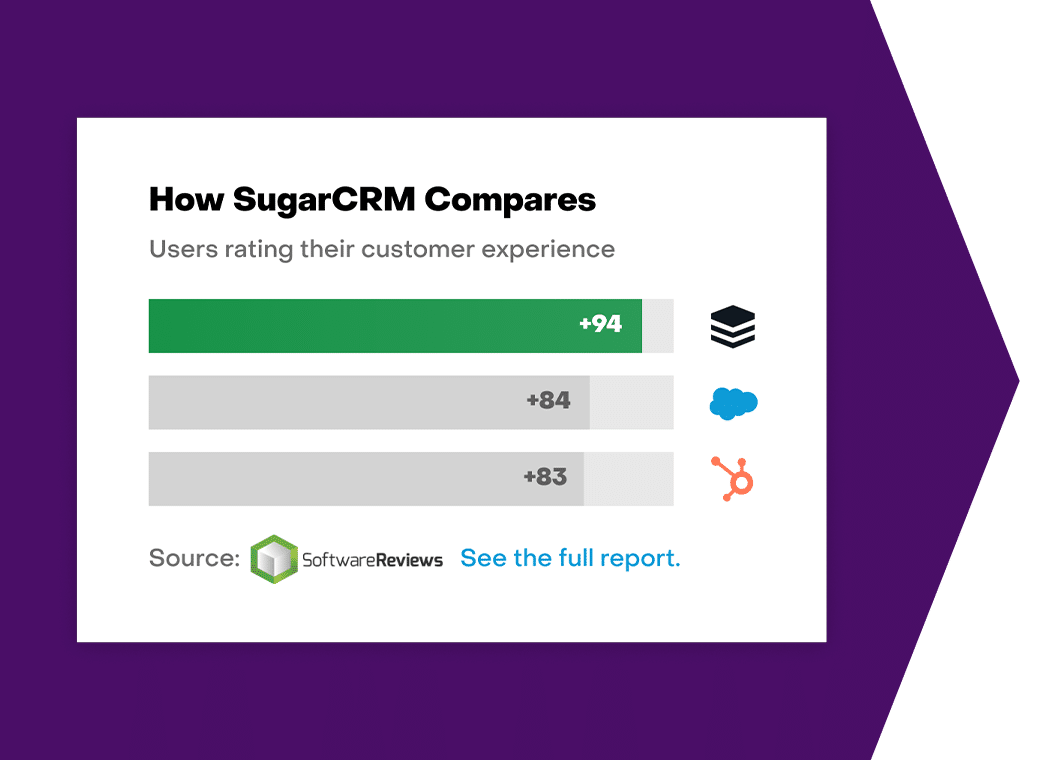8 Steps to Make Sure your Email Marketing is Legal
You’re focused on getting the best results from your email marketing campaign: personalizing emails, looking for the best subject lines, crafting the perfect email body, and checking your metrics. That’s great. We all want to improve our open rates, click-through rates, better target our leads and close more deals… But here’s the thing:
Even though email laws and regulations sometimes aren’t part of the big picture, not complying with the law can cost you a lot and it can endanger your company’s reputation. If you haven’t thought about email laws, this list will help you implement the rules. And if you’re already following some anti-spam rules, go quickly through these 8 steps to see if you’ve missed something.
*Note: These rules will show you how to comply with international anti-spam requirements.
What we'll Cover:
Step 1: Find out who you’re emailing.
With email marketing, you can reach out to anyone in the world and offer your product or service in the global market. The problem is that something that is legal in one country can be completely illegal elsewhere. If your emails are not country-specific, you should comply with different international email laws. Try to find out where your leads or subscribers are based. Remember: The laws of their country will apply to the emails you send. These are the international laws you should look out for:
- United States: CAN-SPAM Act
- Canada: CASL
- European Union: GDPR (enforcement 25 May 2018)
- Australia: Spam Act 2003
Segmenting all your leads and subscribers and implementing different requirements can be a bit difficult and time-consuming. The easiest option for doing international email outreach is to comply with all anti-spam laws to make your emails legal wherever you send them.
Step 2: Always opt-in.
Yes, the US CAN-SPAM act doesn’t require that you opt-in your subscribers or leads, but the rest of anti-spam laws do. Not only that they require that you ask for permission to email someone, these laws are very strict when it comes to recipients’ rights: Canadian company Compu-Finder paid the biggest fine to date for sending emails to consumers without their consent: 1.1 million Canadian dollars.
Here’s the deal: even if you don’t have to, ask for permission before emailing someone.
Why? First of all, you’ll be safe from breaking the rules wherever you send your emails. To add to that it’s a polite thing to do. You will also show your customers that you respect their free choice. You can obtain consent using opt-in boxes on your website or you can ask for it in your first email outreach.
Step 3: Make sure you store their consent.
Let me explain what consent is exactly – Consent is freely given agreement that is given for each purpose of sending emails. Silence or inactivity should not be considered consent. Your responsibility is not only to ask for consent but also to store the valid proof of it. Make a system where you’ll keep everything up to date to be able to demonstrate:
- What you told them
- What they consented to
- When and how they did that
Step 4: Don’t forget to offer an opt-out.
There is no doubt about this one. All international email laws agree on this matter. Provide your leads or subscribers with an option to unsubscribe from receiving your emails. Make sure that the opt-out process is not complicated and respect their wishes in a timely manner.
Even though the US CAN-SPAM act doesn’t require that you opt-in your leads, the opt-out has a similar purpose, but it makes this law a bit less strict than others. Most of the email automation tools like Reply have a built-in opt-out mechanism. However, if you are not using these tools you can always manually add an unsubscribe link to your emails by creating a Google form and linking to it.
Step 5: Don’t use email lists.
Legally speaking: you are allowed to buy email lists. But here’s the catch: For every email list, you buy you have to obtain specific consent from people on the list for further use.
Recipients might have given permission to be on the list you bought, but they need to, once again, give consent to you. Just for the record: Buying an email list under the US CAN-SPAM act can be a bit tricky. It’s true that you don’t have to ask for consent, but if some people on the list have opt-out already it makes reaching out to them illegal. Rationally speaking: an email list can bring you a lot of trouble and do the exact opposite of saving your time.
The other way that you can collect your leads or subscribers legally is through your website or finding their email addresses and outreaching. This way you can be in control and conduct a more targeted email marketing strategy.
Step 6: Let them know who you are.
Never hide your identity. Your recipients need to know who’s emailing them. In the signature add your name, last name and the name of the company where you work. It’s also useful to link to your company’s webpage.
Besides that, don’t forget to tell them where you’re located. Provide your physical mailing address at the end of the email. Just a tip: If your mailing address is very long you can always type it in the smaller font size.
Step 7: Be honest about your proposal.
This is very simple: Don’t mislead your recipients. Whatever you’re asking or proposing to make it clear and simple. When crafting your subject lines make sure you chose the one that reflects the content of your message. Look at it in this way: You might get people to open your emails more frequently by using intriguing subject lines, but they will never be interested in your real proposal anyway.
Step 8: Watch out for what others are doing on your behalf.
Never forget, what others are doing on your behalf is always your responsibility. If an individual or a company is conducting email marketing for you, they won’t be legally responsible for any mistakes.
And here’s the bottom line …
Simply put:
Your limit of freedom goes as far as you don’t obstruct the freedom of others. Think about it. Yes, governments from around the world have enforced laws and regulations to protect their citizens from privacy and data breaches. And, yes, you should comply with anti-spam laws when sending commercial emails. But sometimes looking at the law from another perspective can help you understand that these rules can also show you how to add value to your email marketing. It’s not only about avoiding costly fines but also about mutual respect between a company and its customers.



